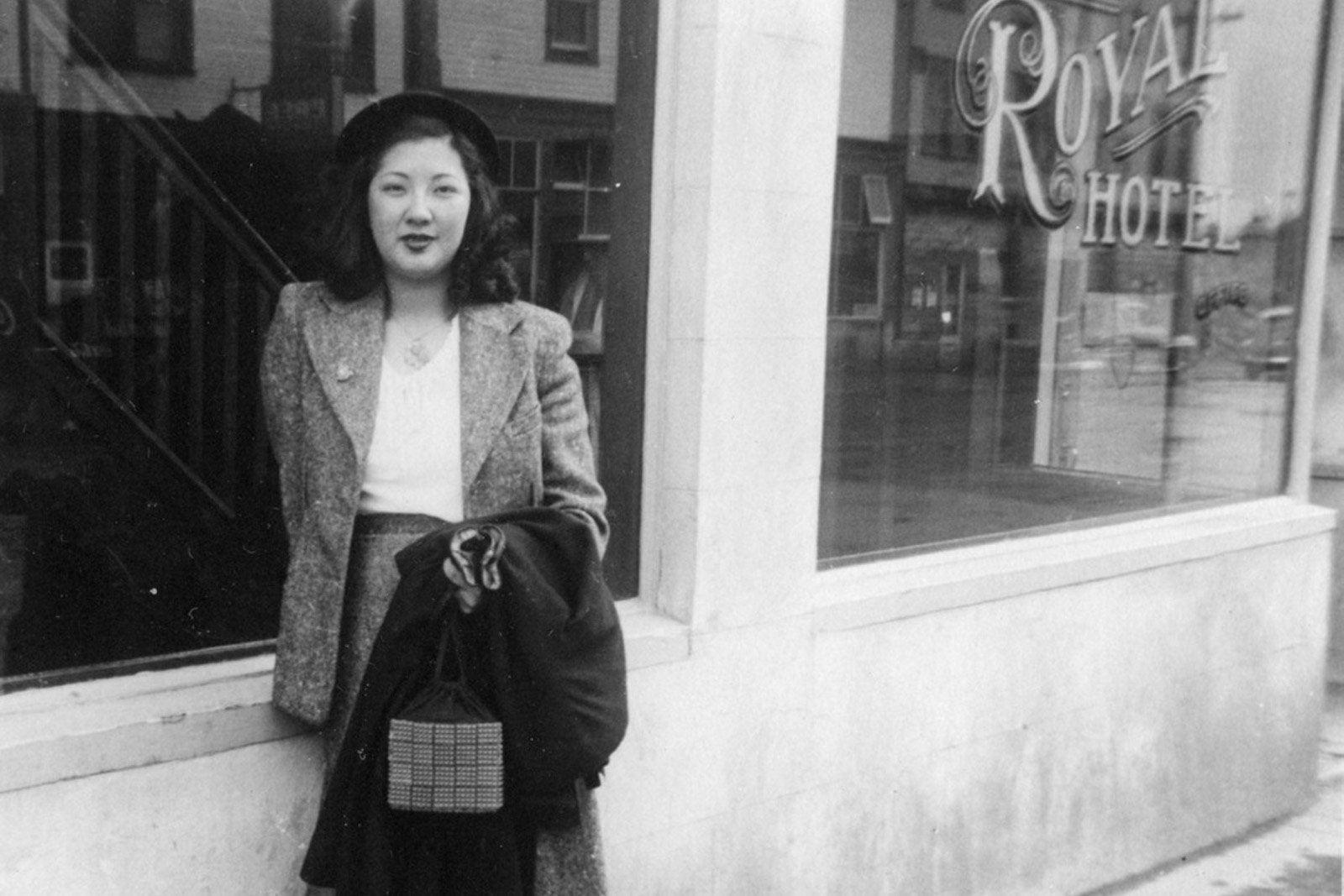What do the first Chinese Canadian teacher to work for the Vancouver School Board, the first Black woman elected to a Canadian provincial legislature, and the woman who introduced the first sex education program in British Columbia’s schools have in common?
Vivian Jung, Rosemary Brown, and Tilly Jean Rolston are part of a surprisingly select group—women with streets or laneways named for them in the city of Vancouver. Of Vancouver’s several hundred streets, fewer than two dozen are named for women.
So who are these women the city has recognized with local streets? And why are there still so few?
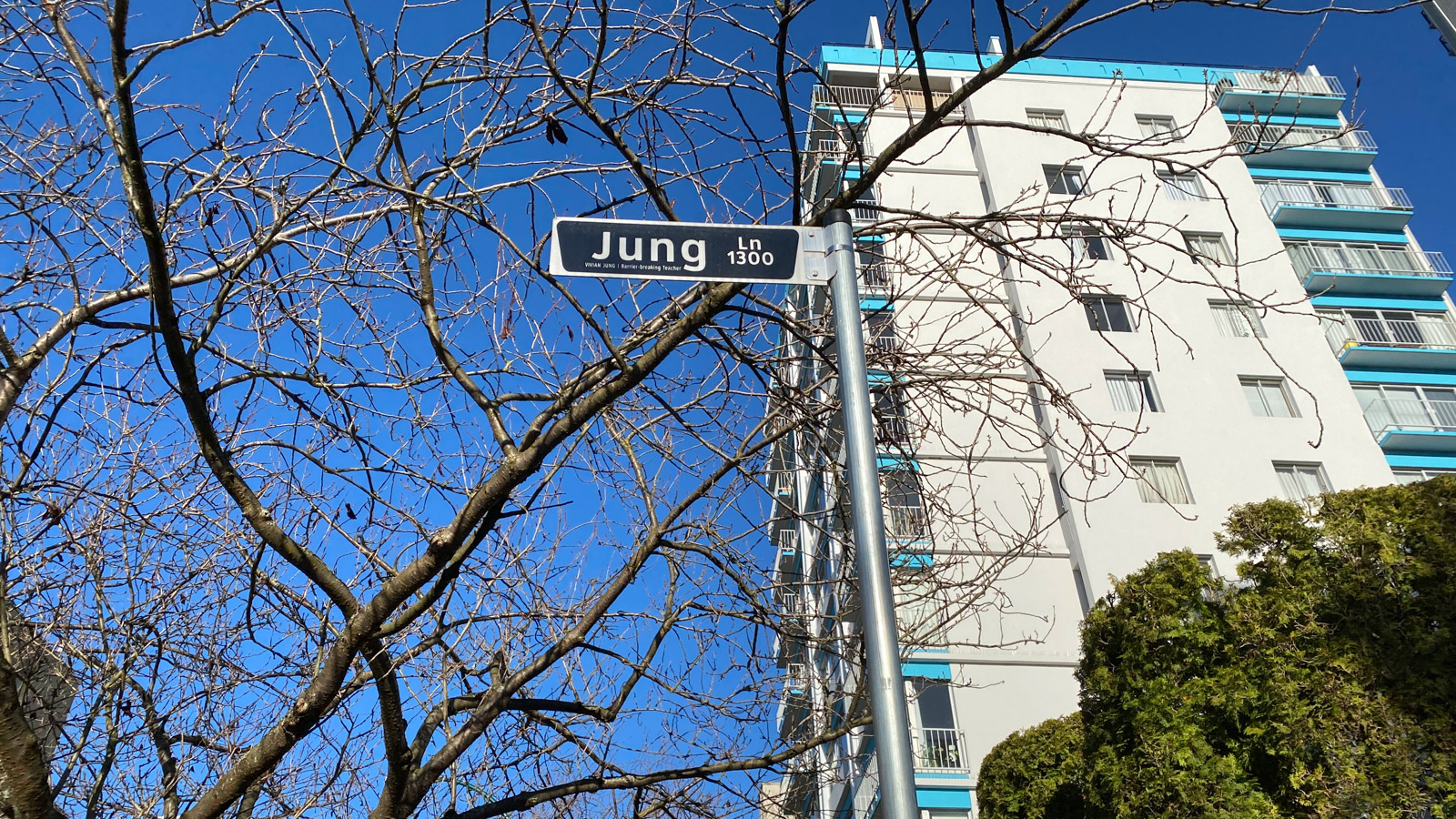
Jung Lane, near Sunset Beach in Vancouver, is named after groundbreaking educator Vivian Jung. Photo by Carolyn B. Heller.
Queens, wives, and daughters
Most of Vancouver’s street names date to the colonial settlement period in the late 1800s and early 1900s, according to civic historian John Atkin. “It was guys basically naming stuff, and naming stuff after themselves,” he says.
In 1999, the Vancouver Historical Society published a detailed history, Street Names of Vancouver, written by the late librarian Elizabeth Walker, who dug through atlases, survey plans, voter lists, tax records, and numerous historical documents to trace the origins of the city’s street names.
Unsurprisingly, Walker found that many of Vancouver’s street names are of British or colonial origin, recognizing men, places, battles, or other events important in Britain, or settlement-era government officials, railroad bosses, and businessmen. Cambie Street, for example, was named for Henry John Cambie, an engineer with the Canadian Pacific Railway (CPR), and Trimble Street got its name from Dr. James Trimble, a surgeon in the British military who became mayor of Victoria. A number of streets, including Davie, Robson, and Smithe, were named for BC premiers.
Among the few women honoured with street names in Vancouver’s early days were British royals, which gave the city Victoria Drive, Elizabeth Street, and Alexandra Street. Atkin notes that streets such as Alice and Beatrice, both near Victoria Drive, were likely named for Queen Victoria’s daughters, while Guelph Street came from Queen Victoria’s family name.
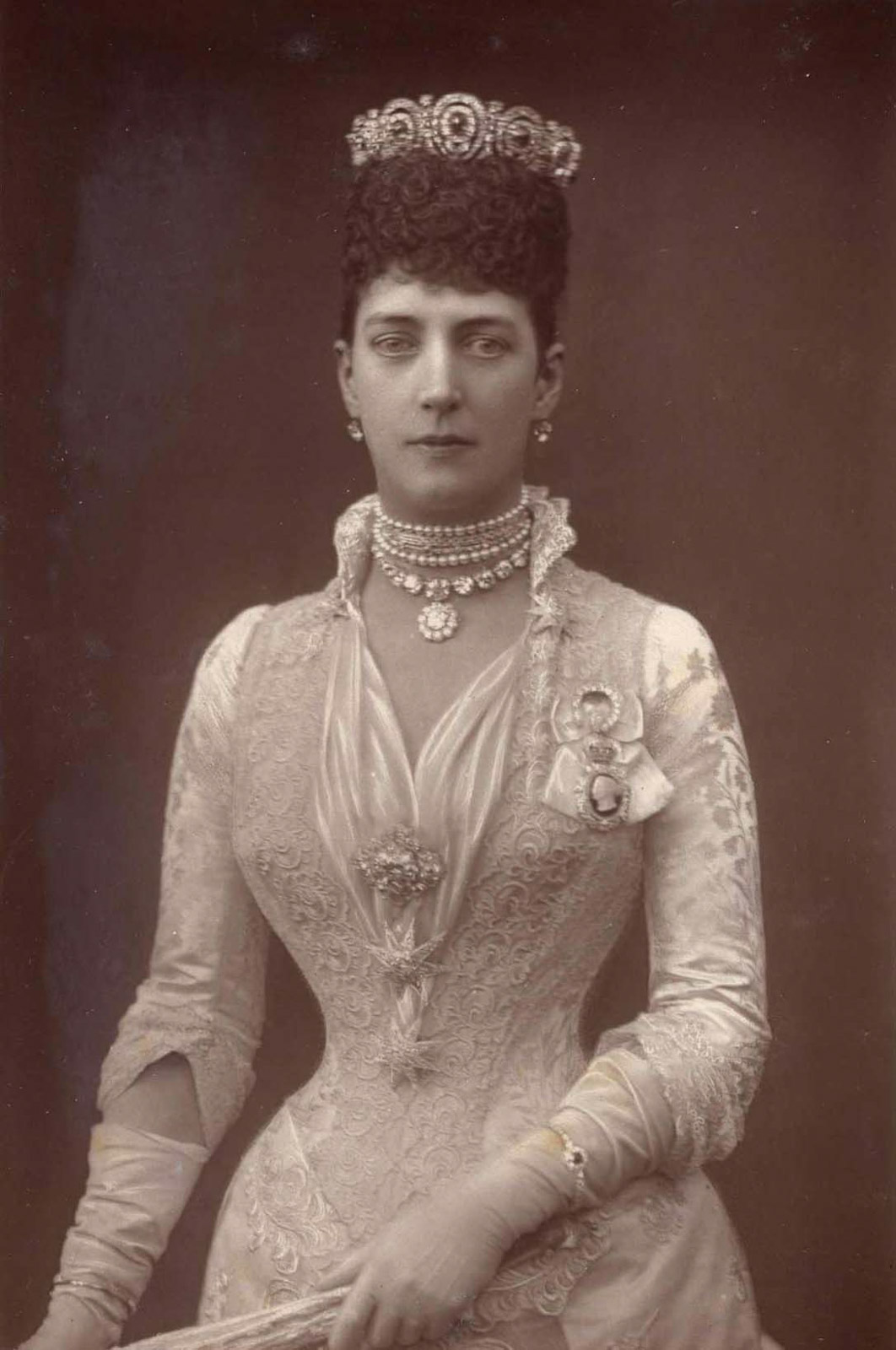
Alexandra of Denmark, wife to Edward VII, gives her name to Alexandra Street, just west of Granville. Photo by W. & D. Downey/Wikimedia Commons.
Male settlers sometimes labelled streets for their female family members, too. Henry Valentine Edmonds, who owned a large parcel of land in what is now Mount Pleasant, named several streets after his relatives, including Sophia Street for his sister and Jane Street (now East 17th Avenue) for his wife.
The city’s street namers did acknowledge a small number of local women in their own right. Frances Street commemorates Vancouver’s first public health nurse, Sister Frances Dalrymple Redmond (circa 1850–1932). And the city named Gaston Street for Sadie Gaston, a community leader in the Joyce-Collingwood district.
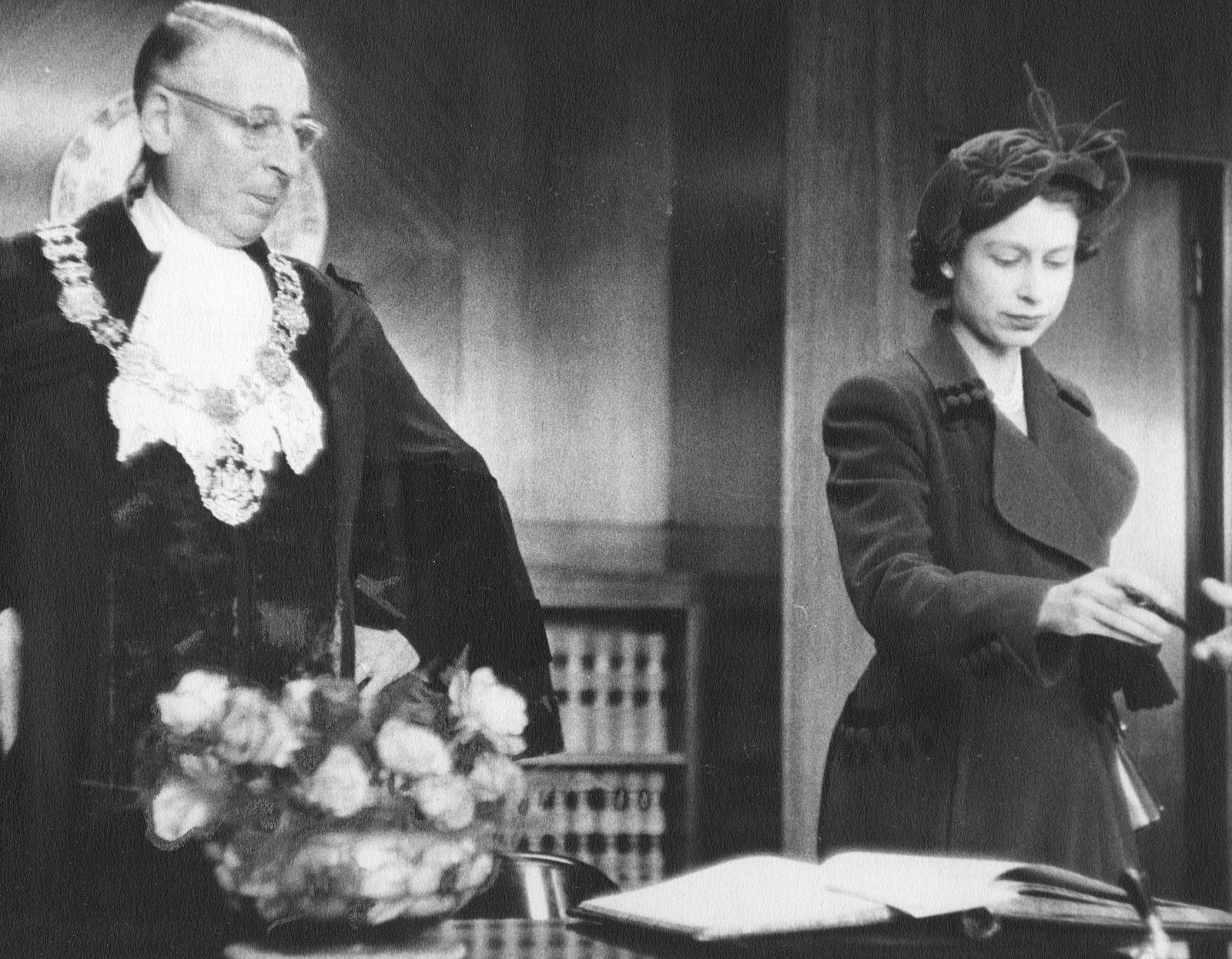
Princess Elizabeth signs the visitors’ book in the Vancouver mayor’s office during her 1951 visit. Image courtesy of the Vancouver Archives.
Women of the West End
It wasn’t until 2012 that the city of Vancouver launched a more concerted effort to increase the diversity of its street names and created the Civic Asset Naming Committee. John Atkin, who currently chairs this committee, says a major project for the group was choosing names for laneways in the city’s West End that would pay tribute to more diverse individuals.
The city named Henshaw Lane, between Nelson and Comox Streets, for Julia Henshaw (1868–1937), a novelist, botanist, and outdoor adventurer who was a founding member of the Alpine Club of Canada, while Stovold Lane recognizes seniors advocate Kathleen (Kay) Stovold (1911–2001).
Jung Lane honours Vivian Jung (1924– 2014), the first Chinese Canadian teacher with the Vancouver School Board, and a key actor in desegregating Vancouver’s public spaces in the 1940s. Jung couldn’t become a teacher without a swimming certification, but non-white people were barred from public pools. Her classmates and instructor refused to enter the pool in solidarity, beginning a movement for desegregation. Jung earned her swimming certificate, and went on to teach at Tecumseh School for 35 years.
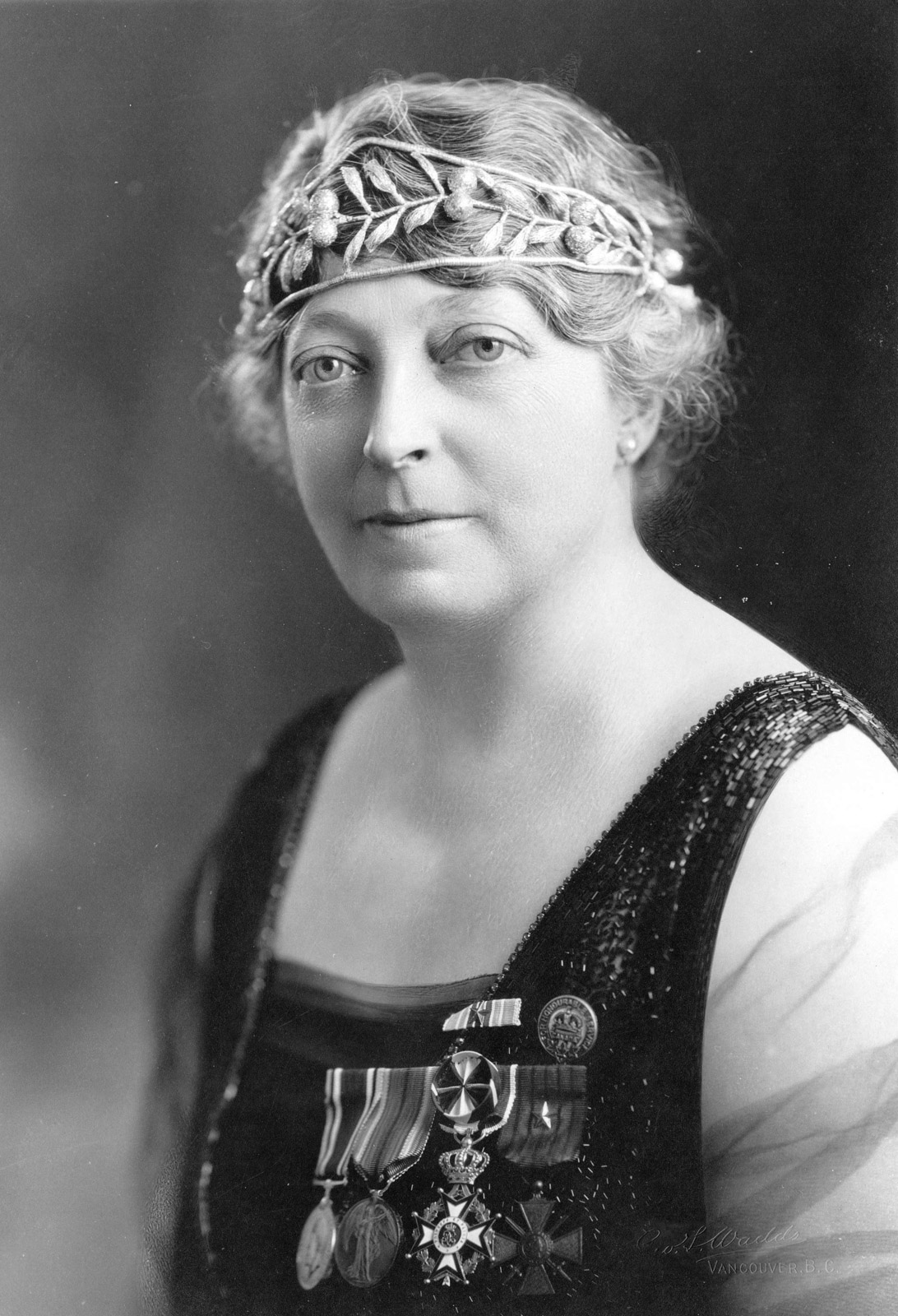
Novelist Julia Henshaw gives her name to Henshaw Lane in the West End. Image courtesy of the Vancouver Archives.
Rosemary Brown (1930–2003) became the first Black woman elected to a Canadian provincial legislature when she won a seat in B.C.’s Legislative Assembly in 1972. The civic committee designated Rosemary Brown Lane between Robson and Haro Streets.
Another woman now recognized with a West End laneway is Maxine MacGilvray (1892–1952), a chemist and entrepreneur who ran a salon, developed a line of cosmetics, and established a beauty school on Bidwell Street in a building that now houses a JJ Bean coffee shop.
Atkin says MacGilvray’s legacy, now commemorated by Maxine Lane between Burnaby and Harwood Streets, includes more than cosmetics. For the women she trained, he says, “it wasn’t just learning how to put on lipstick; it was teaching women how to be business people.”
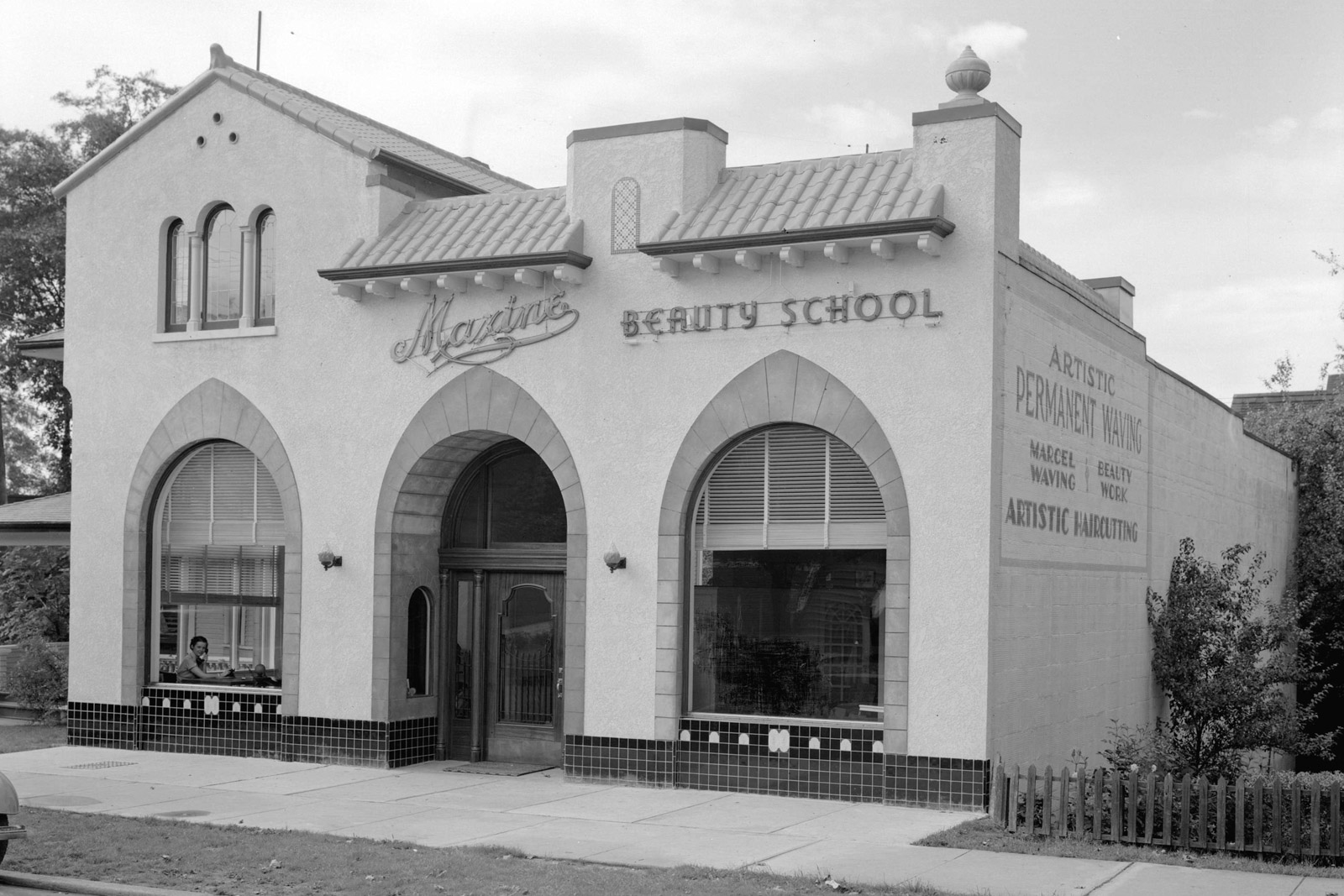
Maxine MacGilvray’s beauty school, in 1936. Photo by Stuart Thomson, courtesy of the Vancouver Archives.
History lessons in the streets
In addition to the laneway names, the Civic Asset Naming Committee added taglines to the new street signs, offering brief descriptions below the street name to identify the person and their contribution.
“Henshaw Lane, well, that could be anybody,” Atkin says. “But when you see the tagline, ‘Julia Henshaw, noted botanist, author, mountain climber,’ suddenly that gives you a fuller picture of who you’re honouring.”
According to Atkin, the city plans to continue adding these taglines to newly named streets.
So who can name a street?
Anyone can fill out an online form on the city’s website to propose street names to the Civic Asset Naming Committee, which evaluates them for future use.
As new developments crop up throughout Vancouver, or existing sites are redeveloped, new streets in these locations need names.
In 2014, the city named a new road downtown for Tilly Jean Rolston (1887–1953), who became B.C.’s education minister in 1952. Rolston oversaw the introduction of a controversial Effective Living curriculum guide considered the first sex education program in the province’s public schools.
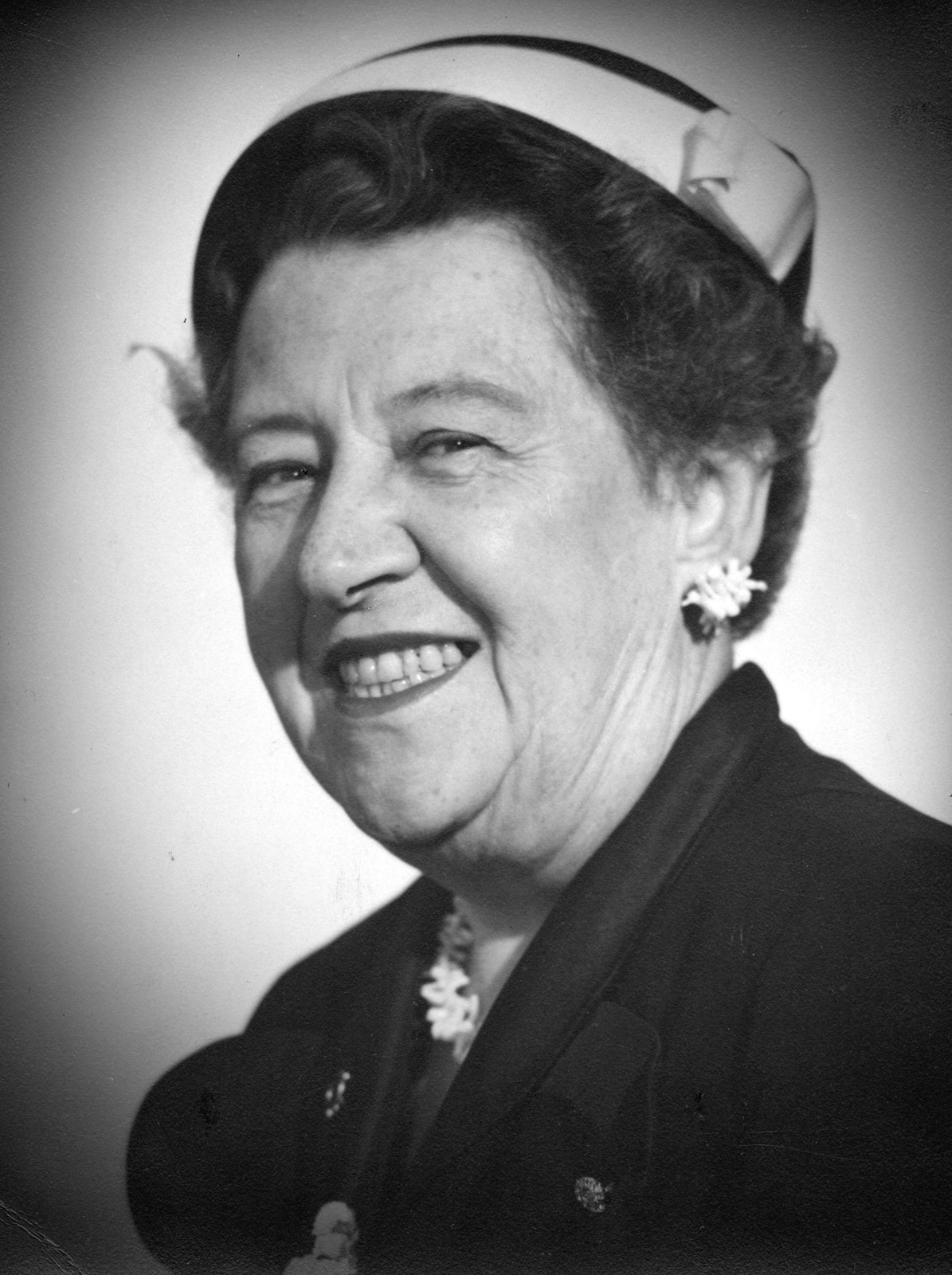
Education minister Tilly Jean Rolston gave her name to Rolston Street, downtown. Image courtesy of the Vancouver Archives.
At the Cambie Gardens development, near West 57th Avenue and Cambie Street, the city designated Paulson Street for Esther Paulson (1906–2004), the first director of nursing at the George Pearson Tuberculosis Hospital, which became the George Pearson Centre long-term care facility. In the same area, the city recently approved creating Jeanette Street, for Jeanette Andersen (1939–2016), a former Pearson Centre resident who championed the rights of people with disabilities.
Streets of the future
If you’re curious to see what future Vancouver streets may be called, look up the Reserve List, which documents the names the Civic Asset Naming Committee has recommended for use when a new street or lane becomes available.
Among the names currently on the Reserve List are Jamie Lee Hamilton, a West End activist for sex workers and trans rights who was also the first openly trans person to run for public office in Canada; Kathleen Cather, B.C.’s first female professional lifeguard; and Nora Hendrix, a Black community activist well known in Hogan’s Alley before the neighbourhood was demolished by the city in the late 1960s, who was also the grandmother of singer Jimi Hendrix.
The committee also maintains a Reference List, which Atkin calls “the maybe list,” names that have been proposed but require further research. The founder and first headmistress of Crofton House School, Jessie Gordon; Vancouver journalist Lily Laverock; and Mary Louise Bollert, who served as the University of British Columbia’s first dean of women, are some of the people on the Reference List.
The naming committee and its work of selecting street names, Atkin says, “isn’t a casual get-together. There is a tremendous amount of thought and discussion and research that goes into these things.”
Perhaps someday, as a result of this work, Vancouver’s streets will reflect an increasingly diverse set of people—and significantly more women.
Read more stories for our Community.

